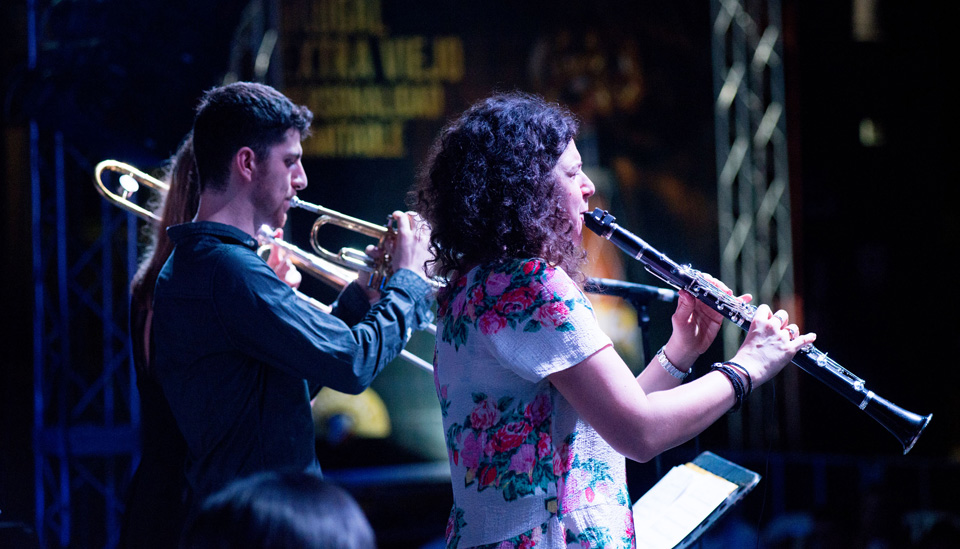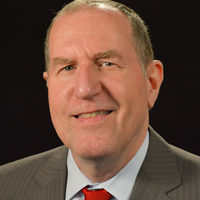
SOSUA, Dominican Republic—The 21st edition of the Dominican Republic Jazz Festival returned to its roots on the north coast of the DR with a concert here at the Casa Marina Hotel Amphitheatre on November 2. Last year’s festival was dedicated to and centered on women as jazz artists. The theme this year was the internationalization of jazz, with each night of the festival dedicated to a particular nation. The concert in Sosua was dedicated to Israel, which was particularly fitting, given this small town’s connection to Jews.
Dictator Rafael Trujillo made the DR the only country to accept Jews fleeing Nazi Germany and Austria. Trujillo, a brutal tyrant who ruled the country for over thirty years, had his own interests in agreeing to the resettlement of 50,000 to 100,000 refugees. He wanted the world to forget about his massacre of nearly 25,000 Haitians in 1937 and he thought he could get the American Jewish Joint Distribution Committee to invest capital in the DR, investments that he would surely personally profit from. But more important, Trujillo had ideological reasons for bringing Jews here. Although of part-African descent himself, Trujillo had a strongly racist ideology and hoped that thousands of European Jews would help “whiten” his island nation.
Nonetheless, the DR was the sole country to make a commitment to resettling Jewish refugees fleeing from Adolf Hitler and Nazism. Nearly 500 came and settled here in Sosua. Today the small town has a working synagogue with an interesting museum attached to it. The synagogue has 24 members. Many of the original Jewish immigrants ended up moving on elsewhere or intermarrying with Dominicans.
The Dominican Republic Jazz Festival began here as the North Coast Jazz Festival. It is the principal fundraising activity for FEDUJAZZ, an organization dedicated to teaching poor Dominican children to play music. The festival, free to the public, raises money through advertising and the sale of VIP tickets which give purchasers access to the best seats for the series of six concerts. Last year the festival expanded to the whole DR with concerts in the capital, Santo Domingo on the southern coast, and the city of Santiago, located in the interior of the country.
The Sosua concert opened up with the Dominican guitarist Javier Vargas and his group Atre. Vargas is a professor of music at the Autonomous University of Santo Domingo (which, by the way, is the oldest university in the Western Hemisphere) and directs the Department of Popular and Folk Music at the Dominican National Conservatory of Music. He and his band played a variety of songs that were interesting combinations of jazz, Dominican folk music, and classical compositions. Particularly enchanting was his vocalist, Laura Bonifacio, who sang the gamut from straight-ahead jazz to classical.
Vargas was followed by Israeli harmonicist Roni Eytan and his quartet. Pianist Daniel Schwartzwald of the quartet was outstanding once the sound was adjusted so that the piano stood out some from the booming rhythm section. Eytan’s composition “Tribal Song” was the highlight of the quartet’s appearance. In this mix of jazz, Middle Eastern, and North African musical components, you could almost feel the humidity of the open-air auditorium dry out with the Saharan winds blowing through Eytan’s harmonica straight to our ears. Eytan ended with his version of the famous “Lala Fatima” by the great Moroccan oudist Hamid Zahir.
The climax of the Sosua concert was Israeli clarinetist Anat Cohen, voted clarinetist of the year for the last nine years by the Jazz Journalists Association. She was accompanied by the Berklee Global Jazz Ambassadors, an ensemble of some of the best students at the Berklee Global Jazz Institute. She opened with her “Happy Song,” which, true to its title, made the whole auditorium joyful with its pulsing beat and sunshiny melody. She finished with John Coltrane’s “Lonnie’s Lament,” one of my all-time favorite Coltrane compositions, second only to “Alabama.”










